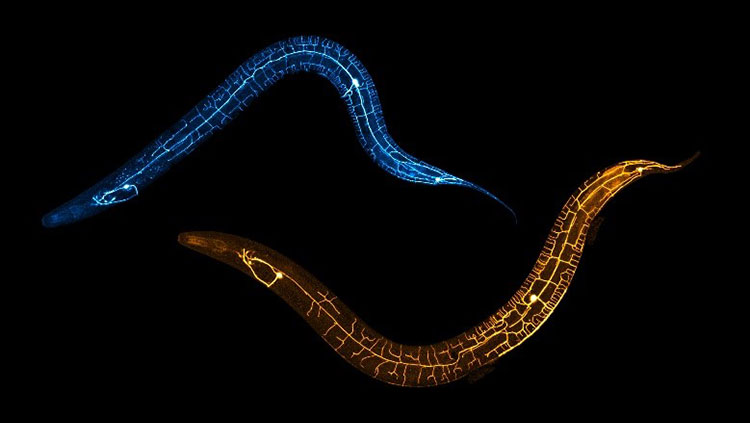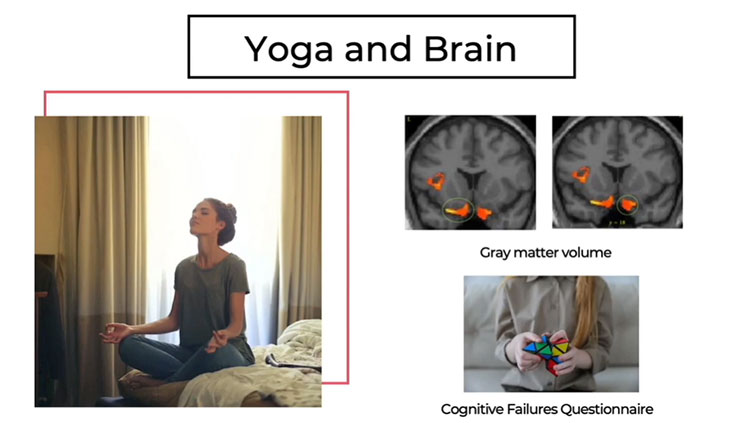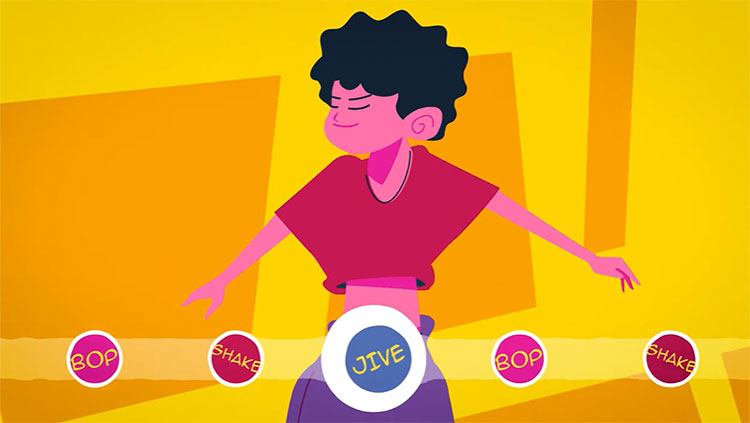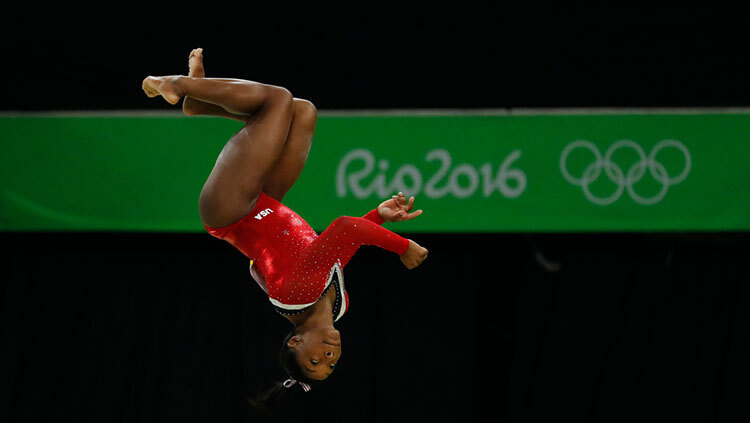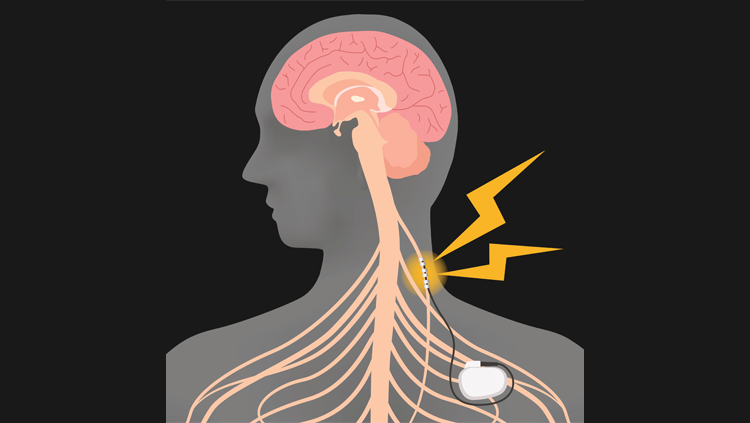The Motion Area’s MVP
- Published25 Sep 2018
- Reviewed25 Sep 2018
- Author
- Source BrainFacts/SfN
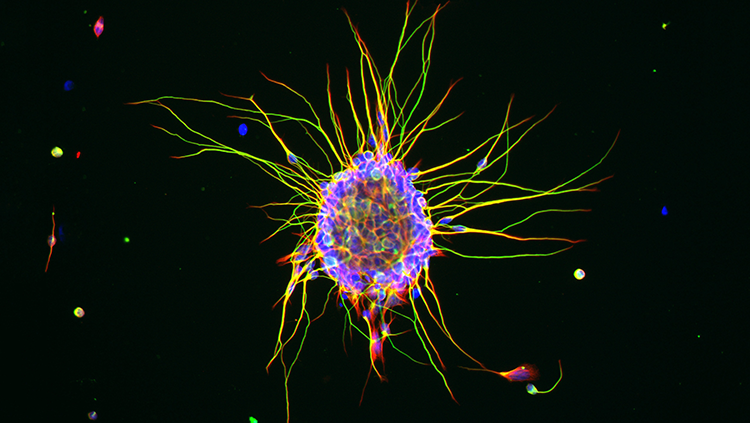
Meet the smallest and most common type of nerve cell. Despite accounting for more than half of the neurons in your brain, neuroscientists are just getting a grasp on the complicated behavior of cerebellar granule cells like this one.
They live in the cerebellum near the bottom of your brain, where they help Purkinje cells track movement. Mice without granule cells can cross a balance beam, for instance, but they won’t be able to learn from their experience in doing so. For decades, scientists thought these cells merely passed along such motion commands, but recent research has proved them capable of changing the incoming signals — in ways that have yet to be understood. Just last year, neuroscientists saw the first evidence that granule cells also record higher level information (at least in rats), such as whether the animal expects a treat or not.
CONTENT PROVIDED BY
BrainFacts/SfN
References
Galliano, E., Gao, Z., Schonewille, M., Todorov, B., Simons, E., Pop, A., . . . De Zeeuw, C. (2013). Silencing the Majority of Cerebellar Granule Cells Uncovers Their Essential Role in Motor Learning and Consolidation. Cell Reports, 3(4), 1239-1251. doi:10.1016/j.celrep.2013.03.023. https://www.sciencedirect.com/science/article/pii/S2211124713001307
Gilmer, J. I., & Person, A. L. (2017). Morphological constraints on cerebellar granule cell combinatorial diversity. Journal of Neuroscience, 37(50), 12153-12166. doi:10.1101/212324. http://www.jneurosci.org/content/37/50/12153



